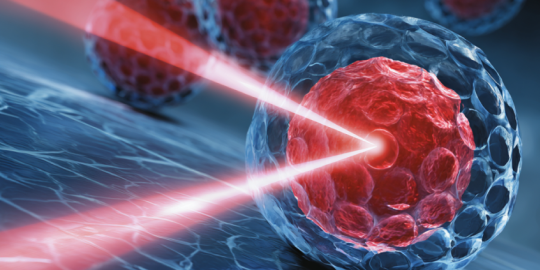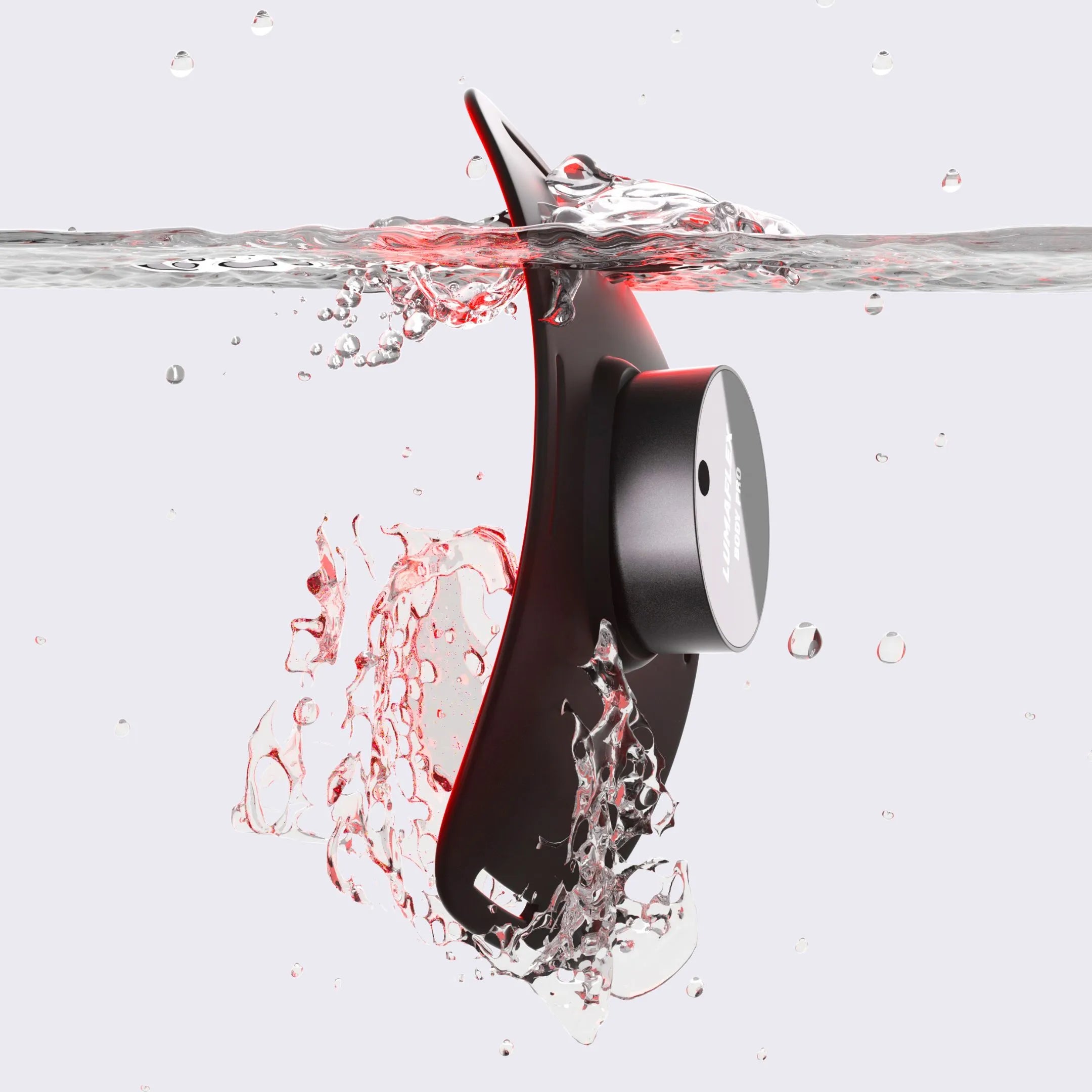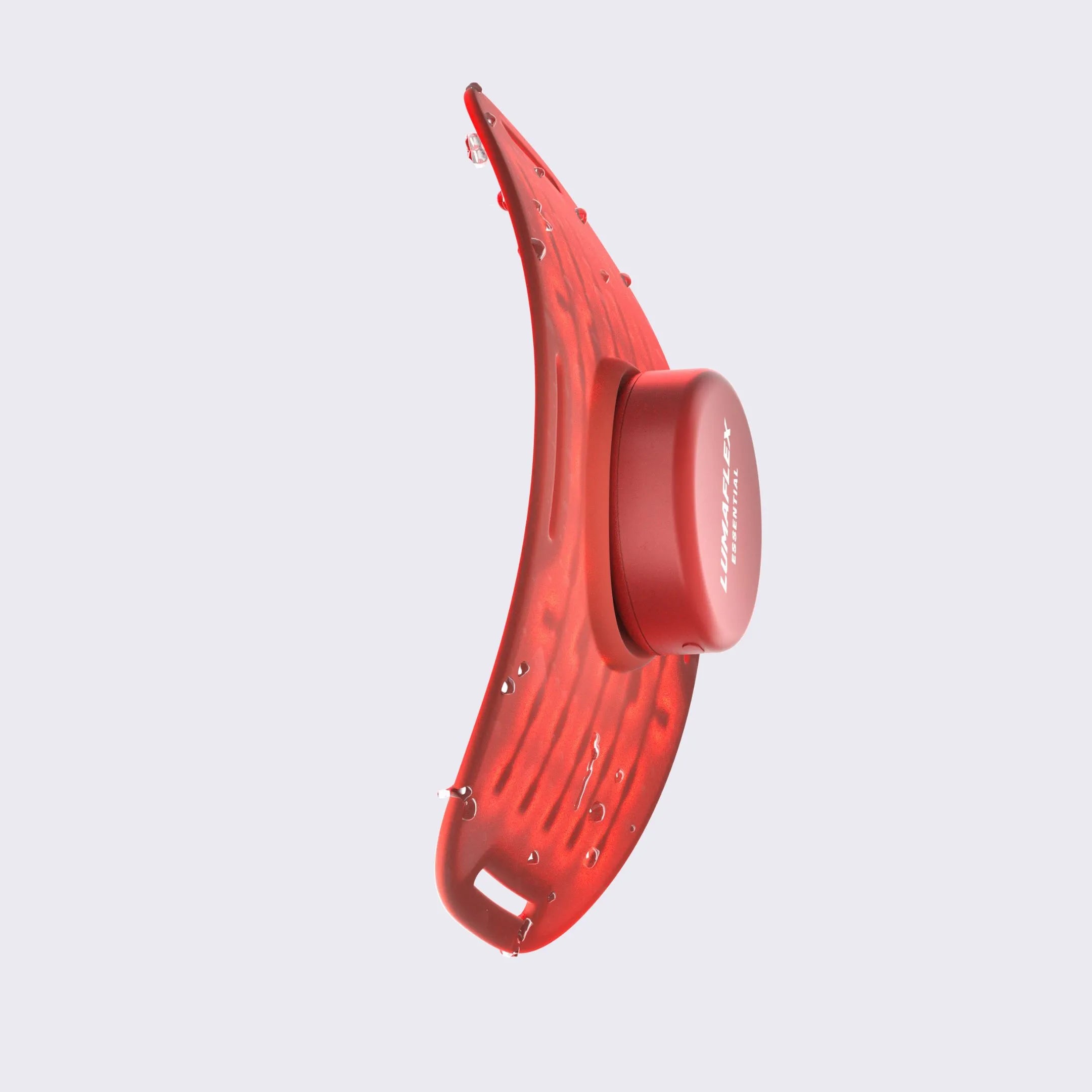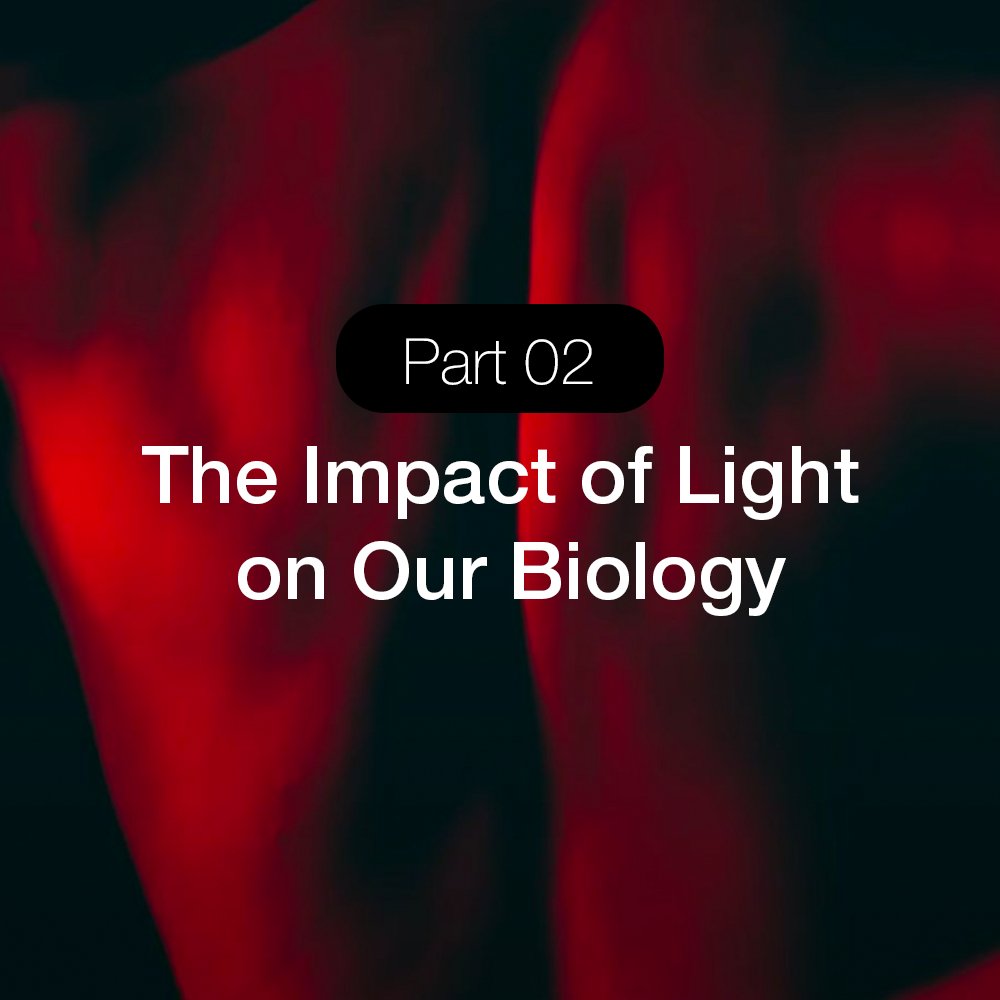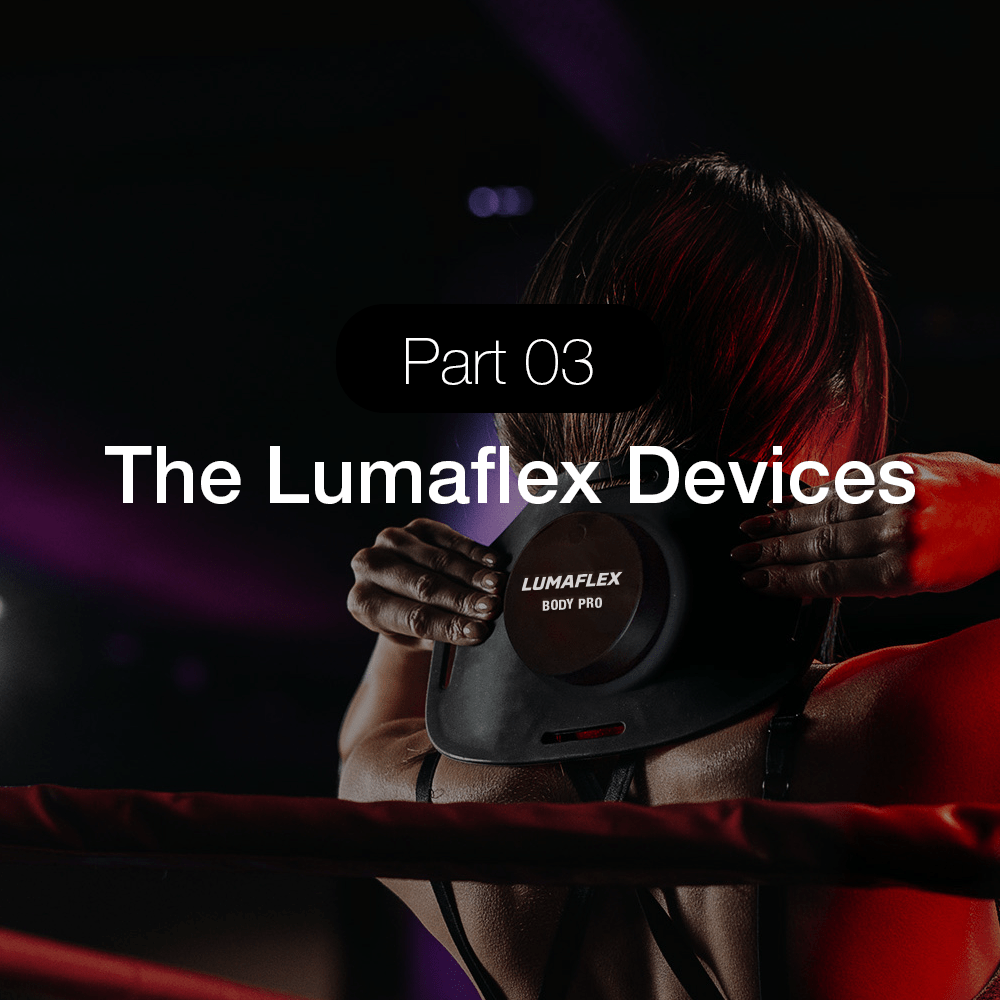635nm Fat liquefaction: effect of low-level laser energy on adipose tissue
Study Overview
- Description: This study aimed to investigate the effects of a 635-nm low-level laser on adipose tissue in vivo and its application in lipoplasty/liposuction techniques.
- Source: PubMed
Summary
- Intervention: Adipose tissue samples were exposed to a 635-nm, 10-mW diode laser for 0, 2, 4, and 6 minutes.
- Methods: Tissue samples were studied before and after laser exposure using transmission and scanning electron microscopy.
- Conclusion: Microscopic results showed that normal adipose tissue, not exposed to the laser, appeared in clusters of grapes. After 4 minutes of laser exposure, 80% of the fat was released from the adipocytes; after 6 minutes of exposure, 99% of the fat was released. The released fat pooled in the interstitial space, while other cells and capillaries in the interstitial space remained intact. The study suggests that low-level laser energy works by forming a transitory pore in the adipocyte cell membrane, allowing the fat contents to exit the cell. Low-level laser-assisted lipoplasty has significant implications for the procedural implementation of lipoplasty techniques.

